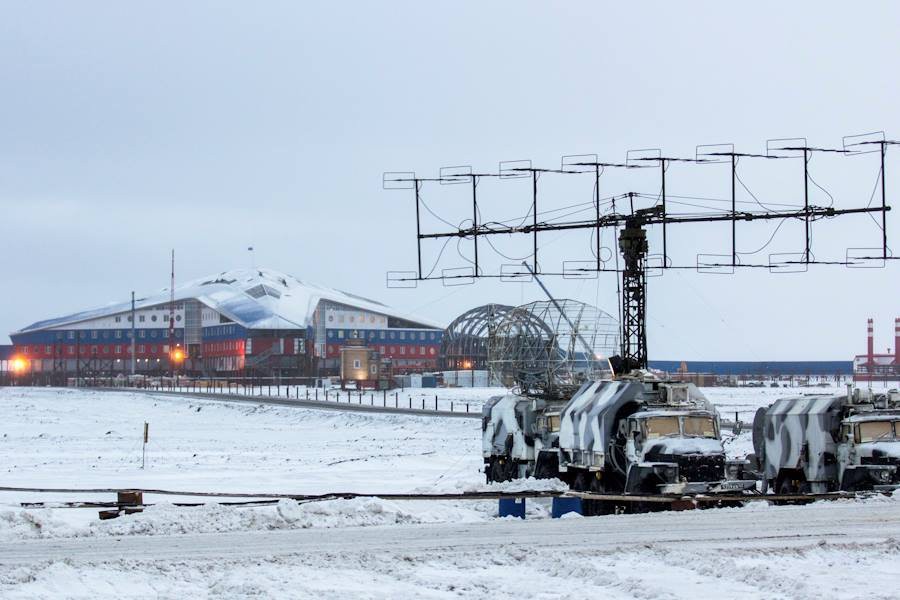As of next year, foreign military vessels will be allowed to traverse the Northern Sea Route only after Moscow gives them approval in advance, the head of Russia’s National Center for Defense Administration, says, yet another case of Moscow’s efforts to project its control into the Arctic far beyond its coastal waters or economic exclusion zones.
Mikhail Mizintsev says that this notification requirement, which will go into effect at the start of next year’s navigation season, has been developed by an inter-agency working group committed to “liquidating a legal vacuum” concerning the use of the route by foreign navies.
At one level, what Moscow is proposing is both reasonable and proper. Notification is likely necessary to ensure that there aren’t too many vessels in one part of the route at any one time and to comply with passage through Russia’s territorial waters or economic exclusion zones.

But at another, especially in the wake of Moscow’s efforts to transform the Sea of Azov from an international waterway to a Russian body of water and because rapidly warming conditions in the Arctic mean that foreign ships may be able to transit that ocean without passing through internationally recognized Russian territorial waters, it is an expansive claim.
As such, it is at least potentially a violation of the Law of the Sea that should spark protests by the West on that basis alone. Unfortunately, the United States is not in a position to lodge that kind of protest because it has never ratified the Law of the Sea agreement. But that does not mean that it should not be protested and even challenged by Washington.
If nothing is said in advance of January 1, 2019, it is very likely that Moscow will treat its latest move as having created what diplomats like to call “facts on the ground” and use it as yet another stepping stone toward the transformation of the Arctic into an overwhelmingly Russian body of water.




